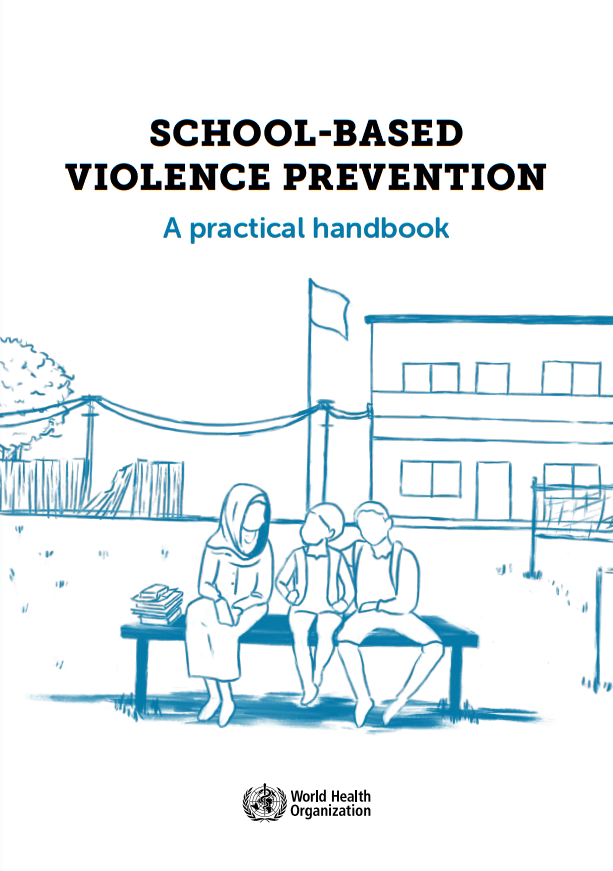New WHO Handbook: School-Based Violence Prevention
A new resource by WHO called “School-based violence prevention: a practical handbook“, recognizes the potential of schools as an important setting for facilitating violence prevention efforts.
Each year up to 1 billion children experience some form of physical, sexual or psychological violence or neglect. Being a victim of violence in childhood can damage children’s physical and mental health and affect their whole lives.
Data from the WHO Global school-based student health survey indicates,
- 34% of school children reported being bullied in the previous month
- 40% reported being in a physical fight in the past year
- School children are also exposed to other forms of violence in educational settings, including cyber-bullying and corporal punishment, in their homes and communities, including child maltreatment, dating and intimate partner violence, gang violence and elder abuse
- Children who have experienced any form of violence in childhood are less likely to graduate and more likely to be absent from school and show lower academic achievement
The handbook can be used to implement an evidence based whole school approach to violence prevention. It is accessible to various audiences including teachers, school administrators and staff within Ministries of Education.
The resource developed by WHO with contributions from UNESCO and UNICEF, provides practical information on how to:
- Train teachers in positive discipline to reduce the use of corporal punishment;
- Include life and social skills training in the school curriculum to help children practice how to form positive relationships and solve conflicts constructively;
- Involve parents and the community to strengthen parenting skills and support children’s learning;
- Teach social and gender norms that can help to prevent violence such as intimate partner violence and elder abuse later in life;
- Respond to violence focusing on rehabilitation and correcting inappropriate behaviours.

